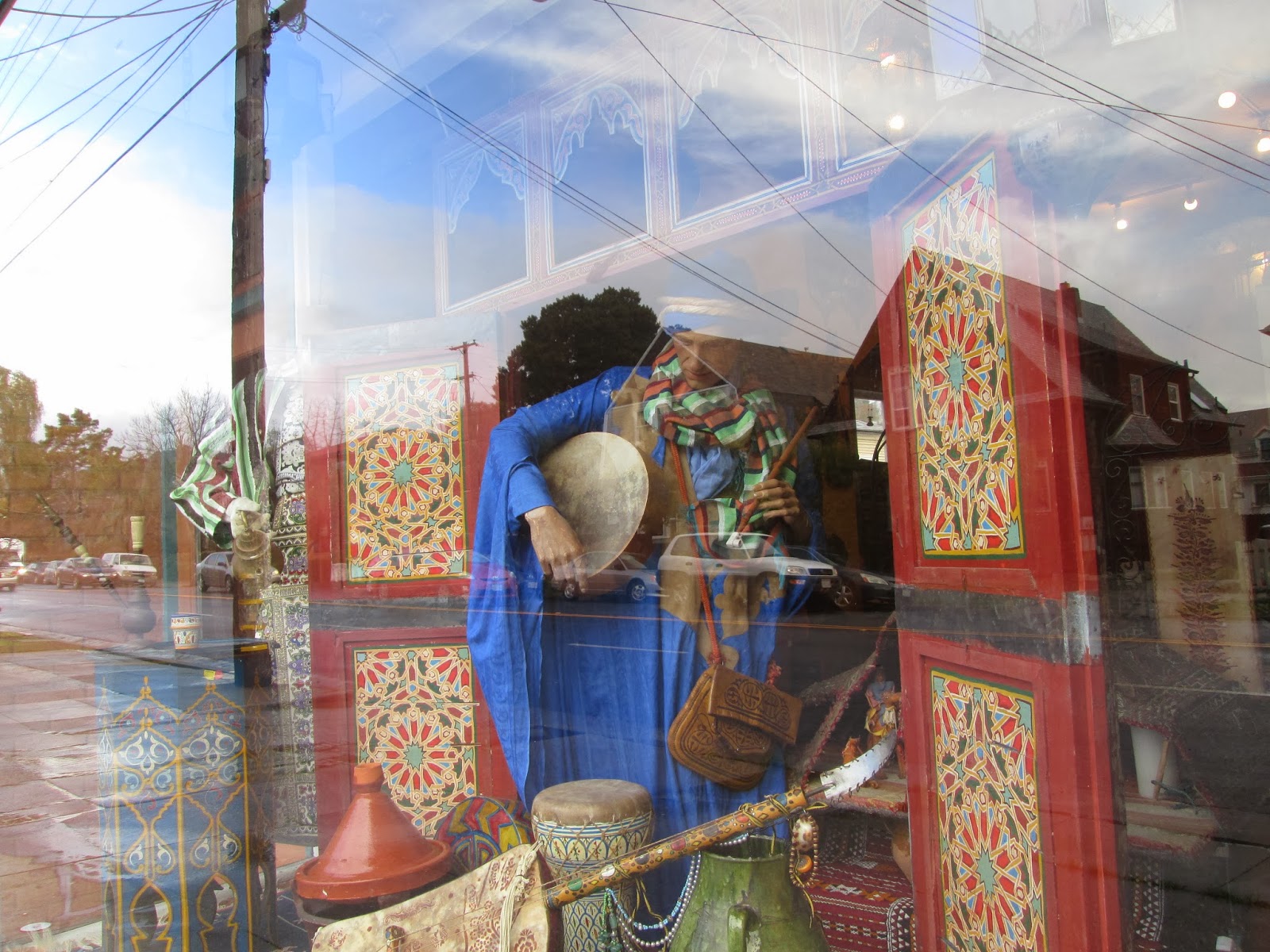The Flaneur ventures out on the Bay and deep into the unconscious to reach a nostalgic cabinet of ultra-marine wonder.
This is San Francisco's streamline moderne steamship
The Maritime Museum located in Aquatic Park
Around to the front entrance prepared to immerse
Like the lip of the sea, to enter it is to arrive in another world
The building was built in
1936 as a public bathhouse to be the centerpiece of a major WPA project. The interior is entirely covered in murals and mozaics evoking a
dream-like vision of the sea outside the windows. The
transporting murals were painted by artist and color theoretician
Hilaire Hiler. He was American who was raised in Providence Rhode Island and had washed up in San Francisco like an Oscar Wilde
figure of speech. This was after quitting his life in Paris where he played jazz piano in nightclubs while providing suitably exotic murals and
mise en scene.
Hiler was art director of the bathhouse building from 1936-1939.
In addition to directing the overall design, he created two full-room murals within the Maritime Museum. Fellow former expatriate and Californian artist Henry Miller called it the only mural
worth seeing in the United States.
Hiler's work is popular Surrealism with elements of Futurism and Constructivism. All the then-current schools he had been exposed to in
Paris. He was said to be an admirer of Miro and the Spanish painter's influence is apparent in the amorphous yet solid seeming shapes seen in Hiler's oneiric realm under the sea.
Architecture of lost cities
through which unnamed life-forms swim
The doors to the outdoors
surrounded by vertiginous nautical figuration in tiles
The icon of the sea lions
observes the park from the temple
Deck for reading the seascape
watching for lost ships
Timeless view of the Bay
from the main observation deck
Clouds and moisture
enter through the Golden Gate
Don't even know what this thing is supposed to be.
Dig the tesserae though
Phantom phone booths at closing time
make the sound inside a seashell,
the ghosts of sailors trying to score dates
An antiquated rudder steers me back
toward the time and tide outside
Bye-bye,
time to sail into the mystic
The Bay's vastness suggests other lands, other lifetimes
if one could only finally, fully cross over it
photographs: 4 march 2014
Mardi Gras


































